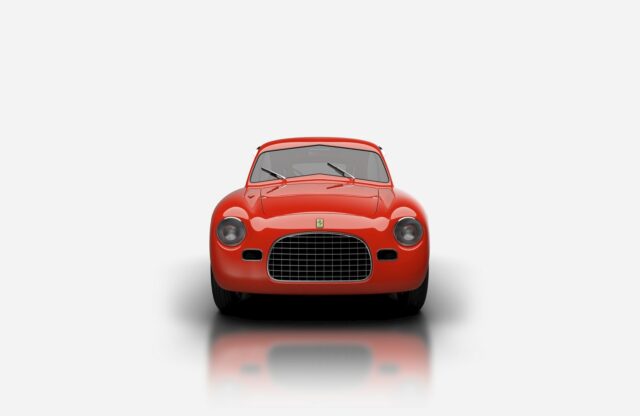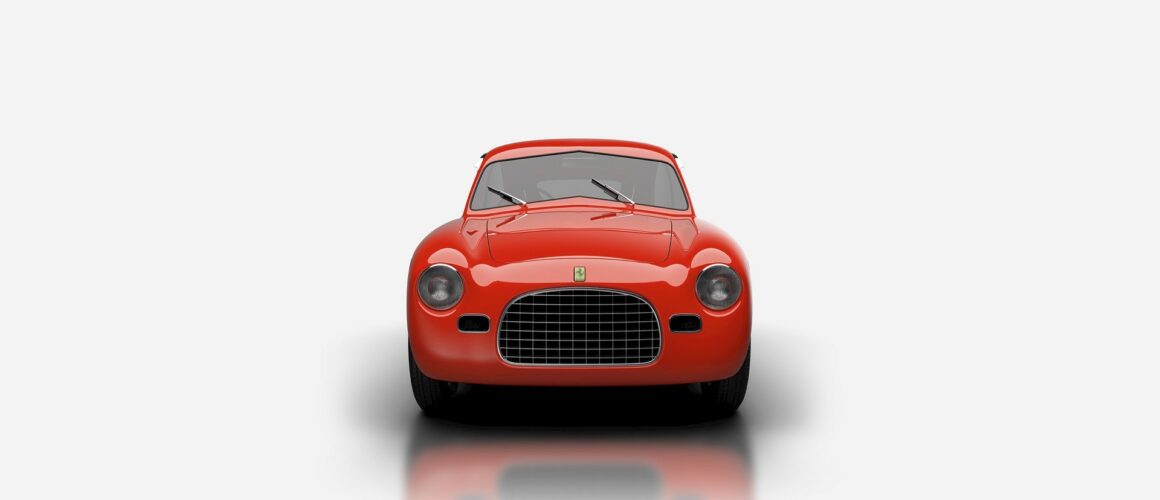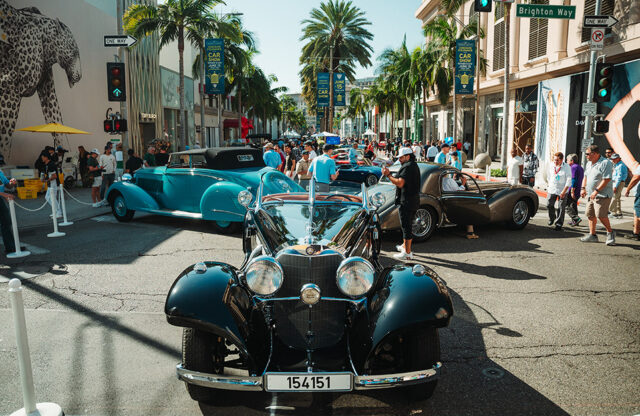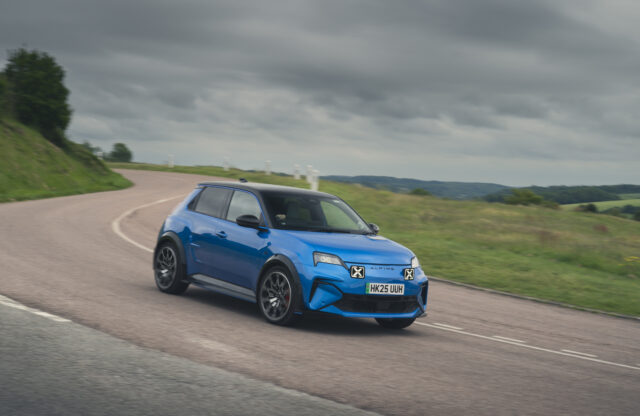WORDS: RICHARD HESELTINE | PHOTOS: WIKIMEDIA COMMONS, BERTONE, LAMBORGHINI, ZAGATO, ASTON MARTIN
10: CASTAGNA
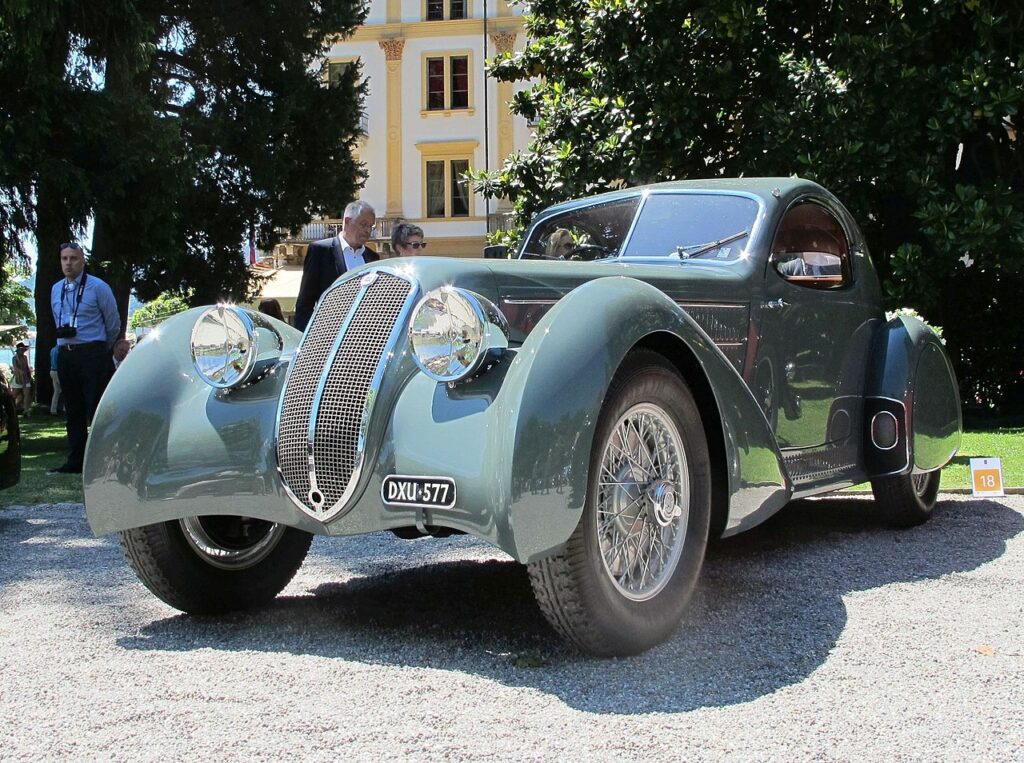
Carrozzeria Castagna was among the most highly regarded pre-war Italian coachbuilders. It was also one of the few to successfully make the leap from building horse-drawn carriages to car bodies. Founder Carlo Castagna began work in 1849 aged nine, as an apprentice for Paolo Mainetti. Castagna would ultimately control the firm. By the start of the last century, Castagna’s output was sponsored – and adopted – by the aristocracy. In 1913, he prompted jaws to slacken with his teardrop-bodied Alfa Romeo 40/60HP that was designed by Count Marco Ricotti.
Under the stewardship of Carlo’s son Ercole from 1914, the firm became internally renowned, displaying its wares overseas. Castagna bodied several fabulous Alfas, Lancias and Isotta Fraschinis in addition to Duesenbergs and other foreign brands. It also pioneered the panoramic windscreen. The factory was destroyed during Allied bombing in 1942. It emerged post-war, with Carlo, Ciptriano and Savino Castagna assisting their father, but it closed for good in 1954. The current Castagna operation is unrelated.
9: BERTONE

Another Italian coachbuilder that transitioned from bespoke builds to becoming a styling house, Bertone was once a giant of both industries. Formed in 1912 by Giovanni Bertone, the firm emerged from a lean patch in the 1920s with orders to make special bodies for Lancia. The 1930s witnessed the name reach new heights with the release of several spectacular one-offs built in collaboration with Count Mario Revelli di Beaumont. The name reached even greater prominence post-war thanks to the efforts of second-generation principal Giuseppe ‘Nuccio’ Bertone.
While the firm struggled in the early 1950s, it flourished later that decade after bagging a contract to make custom-bodied MGs (and later other marques) in series for American dealer Stanley ‘Wacky’ Arnolt. It was also during this period that Franco Scaglione became chief designer, which led to all manner of daring one-offs and Bertone-built production cars. Among the most memorable of these were the trio of Alfa Romeo 1900-based BAT cars. During the 1960s and into the 1970s, the company acted more as a design consultancy, with Giorgetto Giugiaro and Marcello Gandini to the fore.
8: VANVOOREN
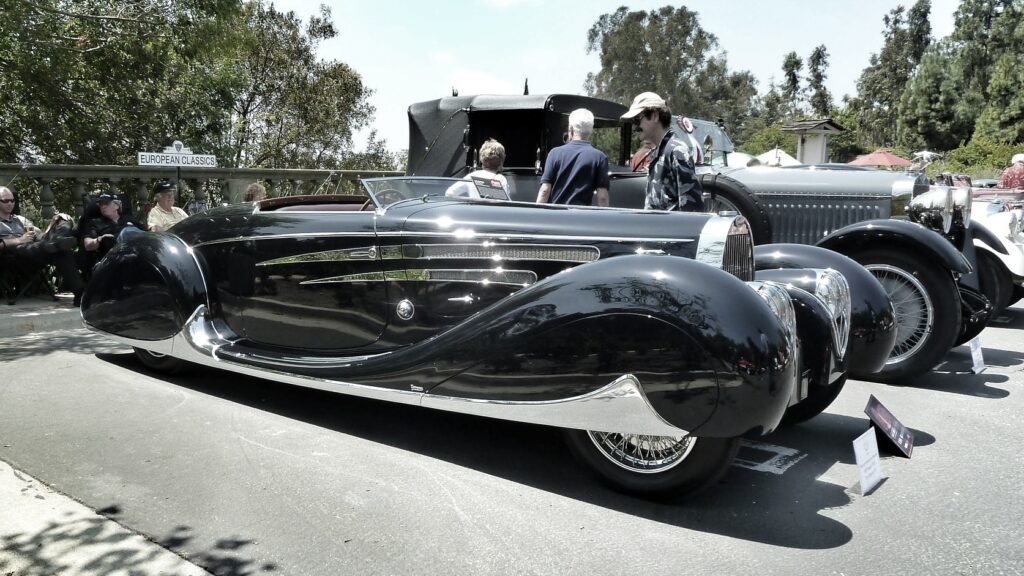
Oddly marginalised among the coachbuilding greats, if only in retrospect, Vanvooren nevertheless produced some breath-taking outlines. Founded in around 1888 by Archille Vanvooren, this Parisian concern found greater success under post-1921 keepers, erstwhile technical director Marius Dasté and his partner ‘Guilemet’. Adopting the Weymann method of construction, and in time applying patents for structural designs of his own, Dasté was not afraid of experimentation. Vanvooren came into its own in the 1930s, the company creating several fabulous bodies for Bugattis. It clothed as many as 20 Type 57 chassis, a situation aided by a close association with prominent Parisian dealer, Dominique Lamberjack.
It also bodied Alfa Romeo 8C 2300s, and later became the principal supplier of bodies to that most French of Spanish brands, Hispano-Suiza. In addition, it enjoyed a long and successful association with Rolls-Royce and Bentley (before and after the takeover). So much so, it worked in alliance with the factory during the construction of the Georges Paulin-designed Corniche prototype in 1939. Vanvooren’s production facility in Courbevoie was damaged during a bombing raid in 1943, and the firm made only a fleeting reappearance post-war.
7: GHIA
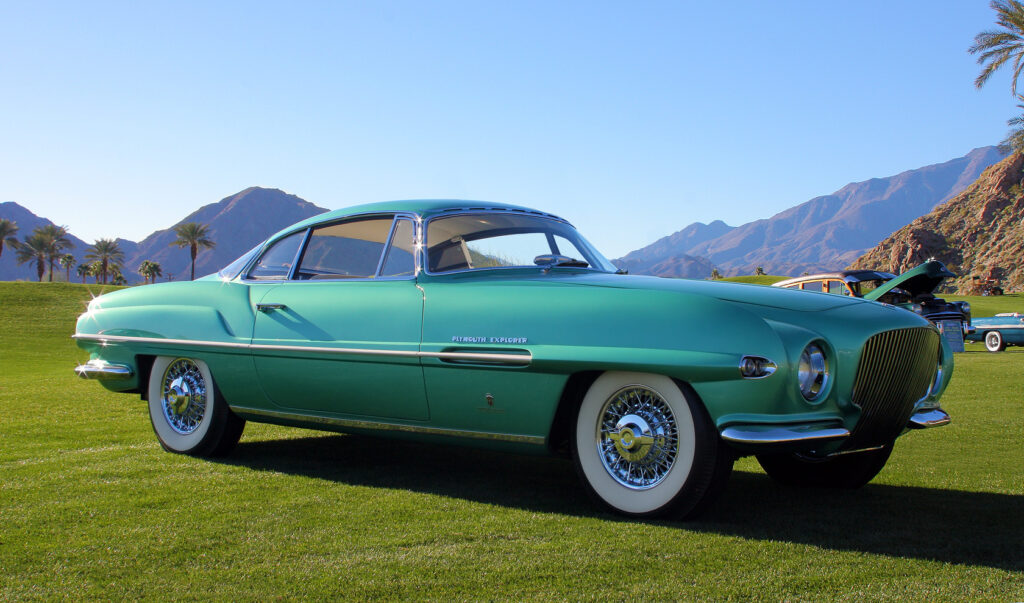
Long before it became shorthand for a gussied- up Ford product from 1973, Ghia represented something else entirely. Few Turinese coachbuilders were as daring and dynamic as this firm in its pomp, and in the 1950s at least, it was perhaps globally the best-known Latin carrozzeria. Considered something of an enigma today, Giacinto Ghia wasn’t lacking in ambition even if the specifics of his early life are shrouded in conjecture. His eponymous firm was formed in 1915, but perhaps reached its pre-war zenith in 1933 after Ghia collaborated with the brilliant Count Mario Revelli di Beaumont on the Fiat 508-based Mille Miglia coupé. It caused a furore.
The di Beaumont-styled, Ghia-built Alfa 6C 2500s of 1939-40 were also supremely elegant, and would have attracted even greater hoopla on the world stage had Europe not been plunged into hell. Ghia was fortunate to survive World War Two after its factory was all but destroyed, but in the 1950s and early ’60s it soared, thanks in no small part to its inspirational principal Luigi Segre and the patronage of Detroit giants.
6: POURTOUT
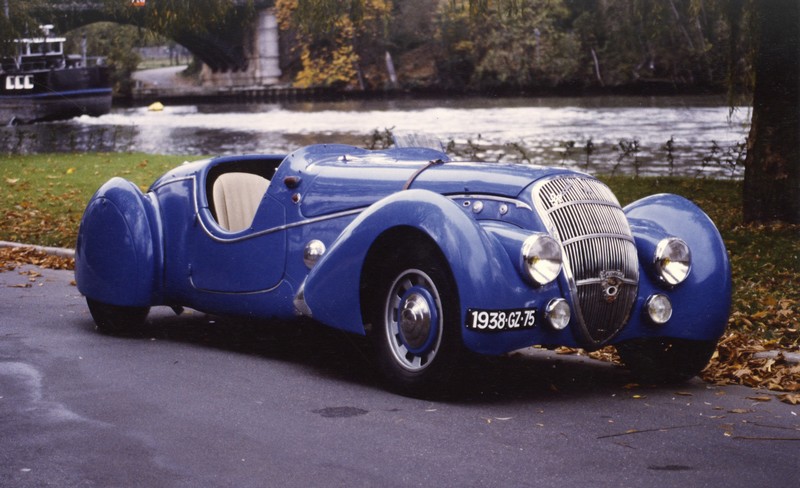
Apprenticed as a saddle-maker while a pre-teen, Marcel Pourtout subsequently learned the coachbuilding trade working for a variety of firms. He was factory manager at Carrosserie Manessius in Paris prior to establishing his own outfit in 1925. His car bodies were relatively conventional – ordinary, even – until he began collaborating with Georges Paulin. This incredible man was a dentist by profession and also a preternaturally gifted designer. In the 1930s, he was arguably the leading French stylist of his generation, with a particular obsession with streamlining.
Among Pourtout and Paulin’s most striking works were those made with Paris Peugeot concessionaire Émile Darl’mat. Variations of Peugeot-engined roadsters and coupés were made, some running in the Le Mans 24 Hours. Up to 105 Darl’mat Peugeots were made by Pourtout plus about 20 Renault-powered cars for Saprar. Pourtout and Paulin also helped usher in the Eclipse retractable hard-top roof, as pioneered by Peugeot, and shaped more than 300 Lancias plus the time-defying Embiricos Bentley. Tragically, Paulin was executed by the Nazis; Pourtout soldiered on as a coachbuilder until 1954, when it started making van bodies in volume.
5: SAOUTCHIK
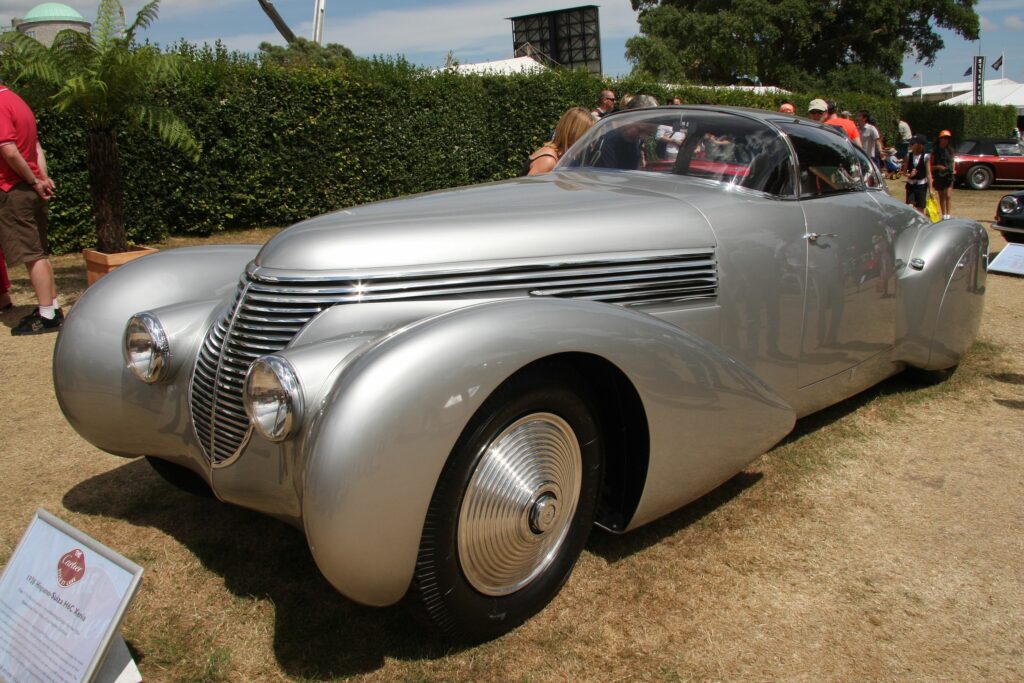
Ukrainian émigré Jacques Saoutchik (né Iakov Savtchuk) left an indelible mark on the coachbuilding arena. His Paris facility produced works that represented kinetic sculpture, even if some were a little overly adorned. Having trained as a cabinet maker, he established J Saoutchik in 1906, his first creation being a bespoke-bodied Isotta Fraschini. Never afraid of experimentation, he played around with proportions and styling elements, some of his 1920s sports car outlines appearing impossibly low slung and elongated.
By the end of the decade and into the 1930s his coachwork was entirely the preserve of elite chassis, not least from marques such as Rolls-Royce, Voisin and Bucciali. Arguably his most famous creation of the pre-war era was the Hispano-Suiza H6C Dubonnet Xenia Streamliner, a car that continues to slacken jaws thanks in part to its parallel-opening doors. In the immediate post-war years, Saoutchik’s outlines took a turn for the outrageous. His Delahaye 175S – complete with spats covering all four wheels – was the talk of the 1949 Paris Motor Show. Second-generation principal Pierre took over in 1952, but mounting debts heralded the firm’s demise in 1955.
4: PININFARINA
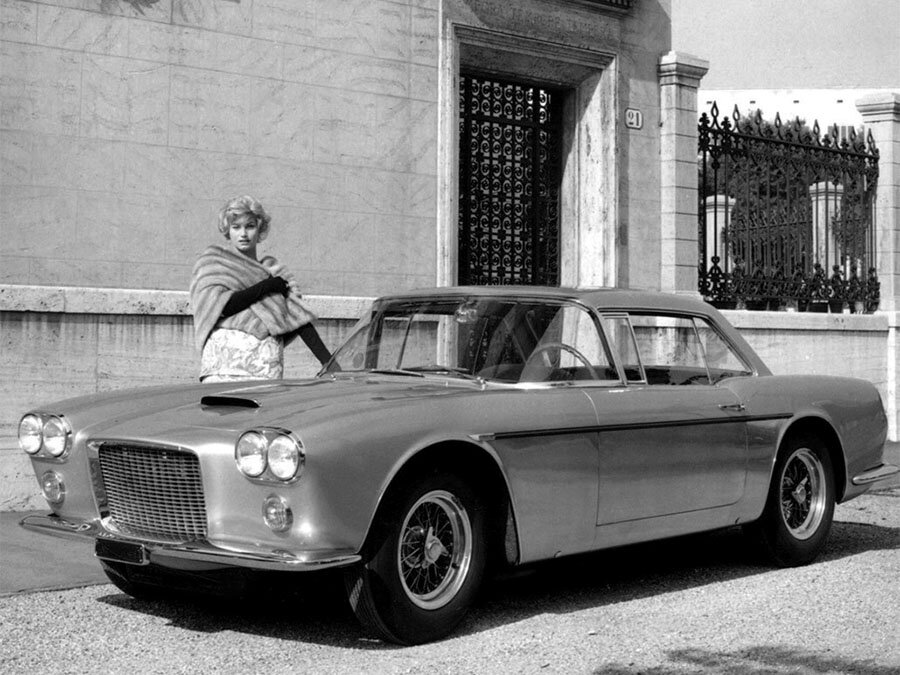
Where to start? Pininfarina’s outsized reputation as a styling house emerged out of coachbuilding, an arena to which it has returned of late after several decades away. What’s more, it is one of few legendary ‘names’ to exist in the here and now, albeit after being rescued with Indian money. The narrative is a long one, this Turinese concern having been established in 1930 by Battista Farina after breaking away from the familial Stabilimenti Farina concern. He earned the nickname ‘Pinin’ – or ‘baby’ in Piedmontese dialect – on the basis of him being the youngest of 11 children.
Pinin Farina (one word from 1961) emerged as a force during the 1950s, not least on aligning with Enzo Ferrari after Il Commendatore fell out with Alfredo Vignale. The relationship served to mutually burnish reputations, with Pinin Farina mixing one-offs (such as the 400 Superamerica built in 1959 for Gianni Agnelli) and special-series runs for the rest of the decade. However, the firm soon transitioned into a design consultancy and volume-build subcontractor. After completing a one-off Bentley T-type in 1968 for James Hanson (later Lord Hanson), it eschewed private commissions until it created the P4/5 for James Glickenhaus in 2006. It has since shaped further bespoke Ferraris plus the Rolls-Royce Hyperion.
3: TOURING
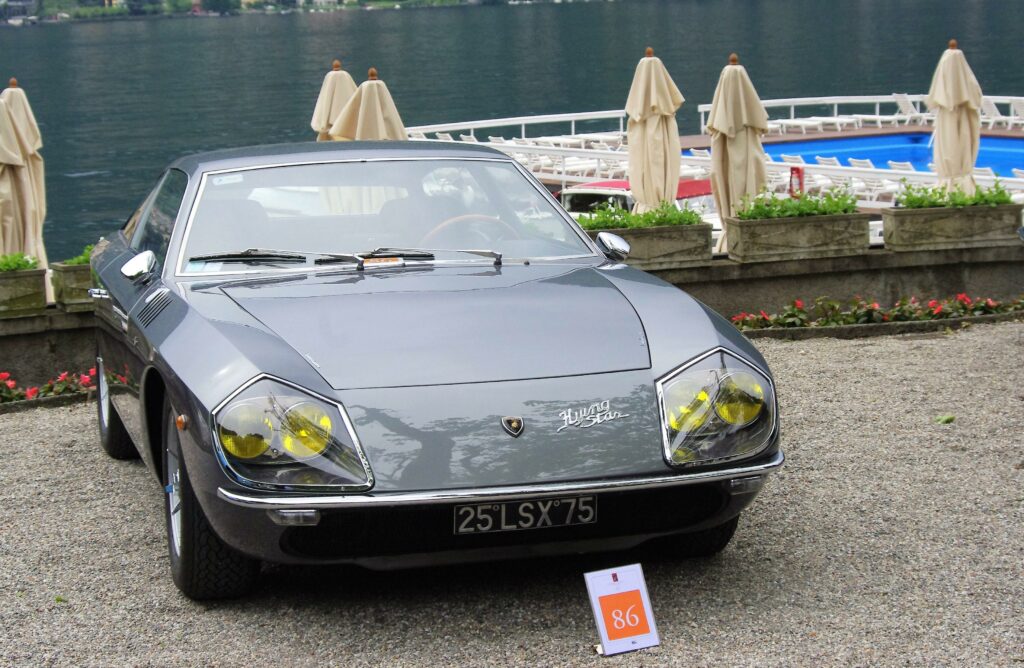
Among the umpteen Italian coachbuilders, there were artists and then there was Carrozzeria Touring. This Milanese concern built several landmark one-offs, fashioned various legendary designs for manufacturers, and also created its own construction methodology. Founder Felice Bianchi Anderloni studied law before joining Isotta Fraschini (his brothers-in-law were Cesare Isotta and Vincenzo and Oreste Fraschini…). He left in 1921 and joined Peugeot Italia. In late 1925 he and banker friend Gaetano Ponzoni acquired Carrozzeria Falco which, a year later, was reminted as Touring. Ponzoni tended to business matters until the bitter end, while Anderloni looked after the artistic side of things.
Touring used Weymann build methods early on, and gained fame in 1927 on creating the breath-taking Isotta Fraschini 8B ‘Flying Star’. That, and bodying a further example of the marque for silent-era screen idol, Rudolph Valentino (he died before it was finished). In the 1930s, its work with Alfa Romeo resulted in such icons as the 8C 2900B in open and closed forms. However, nearer the end of the decade, coachbuilding was secondary to acting as a subcontractor to the aviation industry.
It was via his aircraft work that led Anderloni to patent the Superleggera construction principle (essentially an outer skin over a steel skeletal inner structure). Touring-bodied cars were also very successful in motor racing; witness victory in the distance-shortened 1940 Mille Miglia for the works BMW team with its super-streamlined 328 roadster (a coupé also competed). Post-war, the Touring name reached perhaps even greater prominence under Felice’s son, Carlo, not least thanks to its close association with Aston Martin. Sadly, tooling up to mass-produce locally assembled Hillmans cost the firm dear. The factory closed in early 1967, but the name was revived in 2006.
2: FIGONI ET FALASCHI
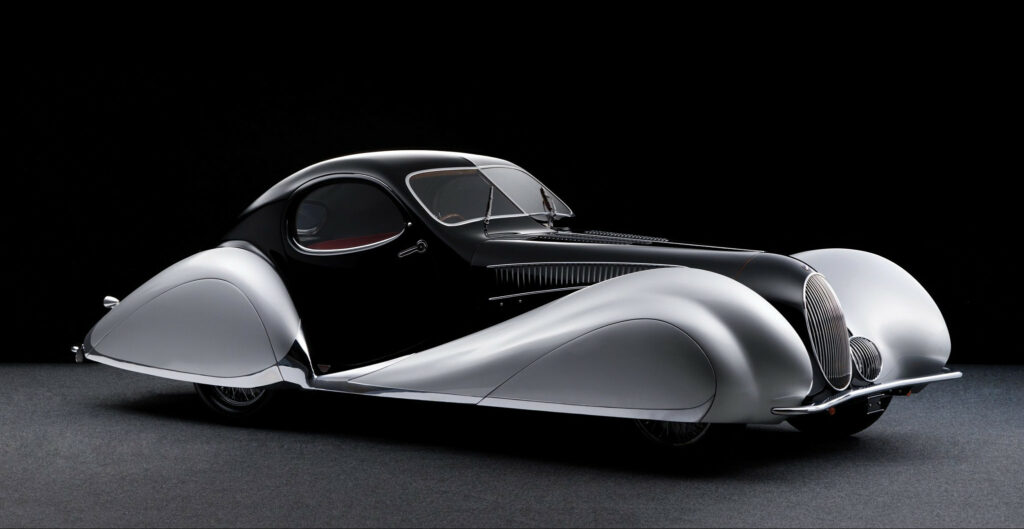
Few other coachbuilders – few other stylists – of the pre-war era were more inventive than Joseph Figoni. The Italian-born artiste (his family immigrated to France when he was three years old) spent seven years in the military prior to establishing his body-repair business in Boulogne. That was in 1923. This soon gave way to customisation, of a sort, with customers asking him to modernise their cars with different wings and so on. Almost inevitably, this toe-in-the-water approach to coachbuilding led to full immersion, Figoni building complete bodies for Ballot and Bugatti chassis in 1925. Before the decade was out, his coachwork appeared on Italian platforms (Alfa Romeo and Lancia among them), and in 1929 he clothed his first Delage.
By the mid-1930s, Carrosserie Figoni was manufacturing bodies in large numbers, all things being relative – and extra backing arrived in May 1935 in the form of Ovidio Falaschi. This wealthy Tuscan had a penchant for exotic cars, and in addition to injecting funds, he assumed managerial control. Accordingly, the operation was rebranded Figoni et Falaschi. However, despite his prosperity, Figoni felt constrained by the upright, square-rigged bodies that were then the norm. He chafed against convention, and set about creating more elaborate, almost bulbous outlines, some with input from the artist Geo Ham. Spats over all four wheels, or a chrome accent that speared from the radiator to the rear wings, were considered radical for the time. And then there were the ‘Teardrop’ Talbot T150 C-SS coupés, which haven’t lost their power to shock.
Inevitably, things were somewhat different post-war. ‘Phoney and Flashy’ created some remarkable cars, but Falaschi could see the way the wind was blowing and pulled out in 1951. Figoni continued without him for a brief spell, his final act being the conversion of Simca Arondes into convertibles. It was a pitiful denouement, that’s for sure.
1: ZAGATO
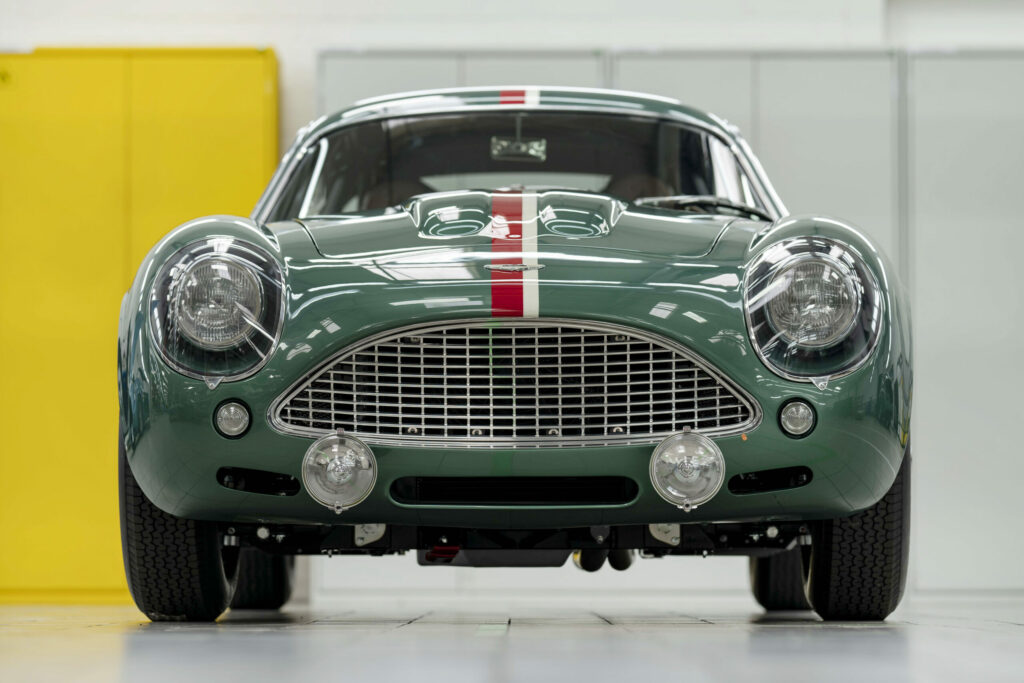
That Zagato features as number one here may raise a few eyebrows. More than a few temperatures, too. However, consider this; despite the occasional pratfall, calamity and credibility chasm, it still exists in the present tense. It does so after more than a century of continuous existence, foregoing the occasional ‘reorganisation’ period. What’s more, while at one point it chased volume production of niche vehicles for major manufacturers along with most other prominent Italian coachbuilders and design houses, it never lost sight of 1 Z A G A T O its roots. It’s always been open for business should customers desire something unique.
Formally employed by Carrozzeria Varesina and Costruzioni Aeronautiche, Ugo Zagato established his eponymous carrozzeria in 1920. His first complete build was a custom Fiat 501, although a relationship with Alfa Romeo blossomed almost immediately. And what a relationship; starting with RL and RM chassis, the alliance led to all manner of fabulous 6C- and 8C-based creations later that decade and into the 1930s. These established Zagato as the coachbuilder for the sporting set, even if Alfa Romeo falling under state control in 1933 put a dampener on things for a spell. Nevertheless, the works were kept busy bodying a raft of marques, and also doing a nice sideline manufacturing truck cabs until the RAF levelled the factory in 1943.
Post-war, the firm went in a different direction under second-generation principal Elio Zagato (his younger sibling Gianni also joined the family business subsequently). You could never mistake a Zagato product for anything else. Whether it was a bespoke MG wearing a Panoramica roof, or a glorious Alfa Romeo 1900 C SS or Fiat 8V with a ‘double-bubble’ roof for that matter, Zagato cars had their own look. Invariably, they did well in motor sport, too. That Elio Zagato was also a demon driver, with several titles to his credit, may have had something to do with emphasis being placed on lightness and aerodynamics. With Zagato, unlike some others, function and form weren’t mutually exclusive.
Of course, the firm also transitioned into a styling house, and chasing volume sales cost it dear once major manufacturers brought production in-house. The 1970s witnessed it making all manner of non-automotive products merely to survive. And then there was the 1980s… Third-generation principal Andrea Zagato inherited a sinking ship, and did well to right it. Under his guidance, the firm has returned to being ‘just’ an atelier, building one-offs or tiny runs for discerning clientele (and that’s not including the cars built by marques such as Aston Martin that use the Zagato name under licence). It seems to be a winning formula, to the point that not so long ago Zagato produced its first coachbuilt motorcycle…
